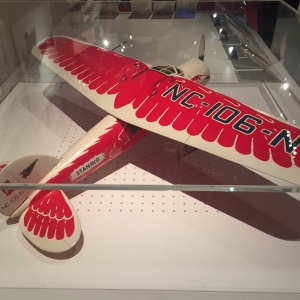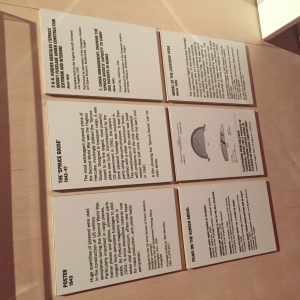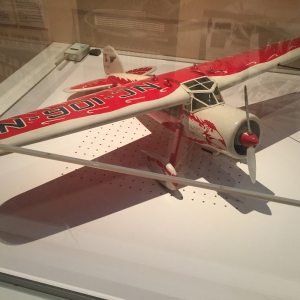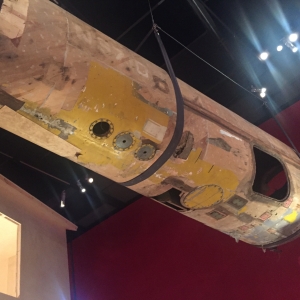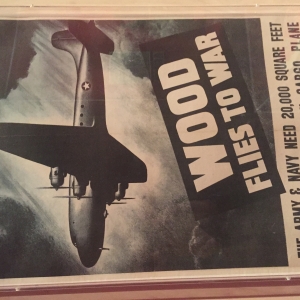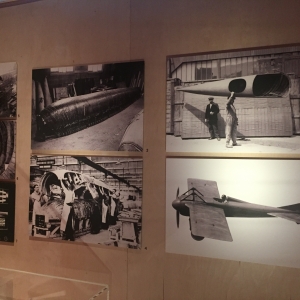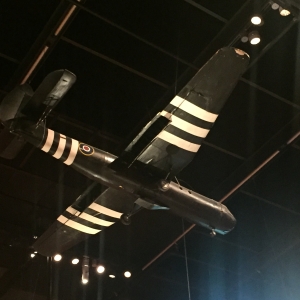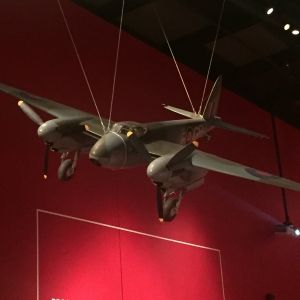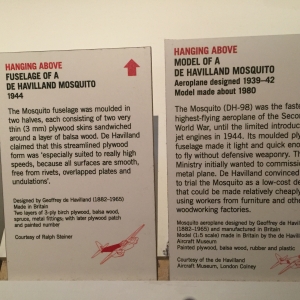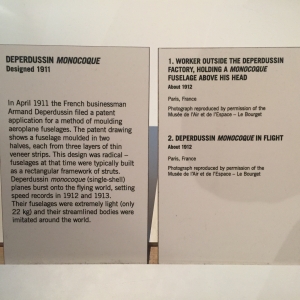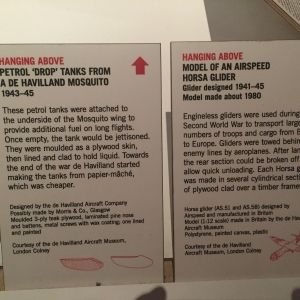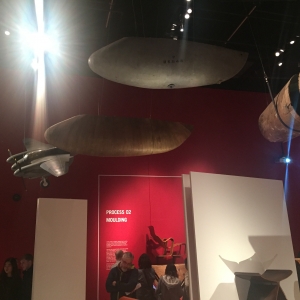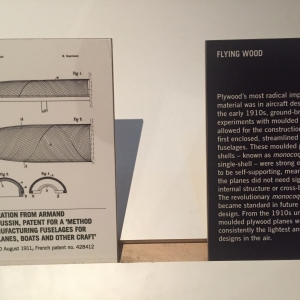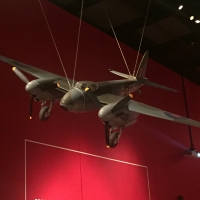
Plywood Exhibition Review
The recent Plywood exhibition at the V&A Museum showcased the innovative use of the material in aviation that is well known. The de Havilland Mosquito was well covered with a period film showing construction, models and examples of the fuselage and fuel tanks. The use of a light weight material which wasn't in high demand such as aluminium combined with the Rolls-Royce Merlin engine produced one of the fastest aircraft of the Second World War. Also included the de Havilland Albatross, an interwar airliner designed for high speed services between capital cities. The Airspeed Horsa, a glider crucial in the Normandy and Arnhem operations as well as the long range Lockheed Vega used by Amelia Earhart for record breaking flights.
The beauty of such exhibitions is also to discover the areas which you aren't as familiar and prompt further research. At the entrance were examples of Frank Costin’s racing cars from the 1950s featuring a wooden monocoque structure and this theme was continued with a cutaway of the DKW F7 which included a plywood body. I was less familiar with the use of the material in a version of the underground using air pressure to power a carriage through a tunnel.
Of particular interest from a modernist perspective is the plywood furniture and house fittings designed by Alvar Aalto and manufacturers like Isokon for interwar properties such as Lawn Road Flats in Hampstead. In America they went a stage further in the use of the material with regard to homes with the construction pre-fabricated houses that could be completed easily and cheaply to accommodate workers in remote locations. The Americans would also use plywood for splints designed by Eames that would go onto be a leading modernist designer of the post War period. Indeed it would be used by the new generation for surf and skate boards and for more serious purposes such as nuclear fall out shelters. The exhibition closed with the modern use of plywood as a cheap and sustainable material that could be for apartment construction and furniture that can be made locally using robotic methods which avoid the damaging environmental aspects of transportation.







